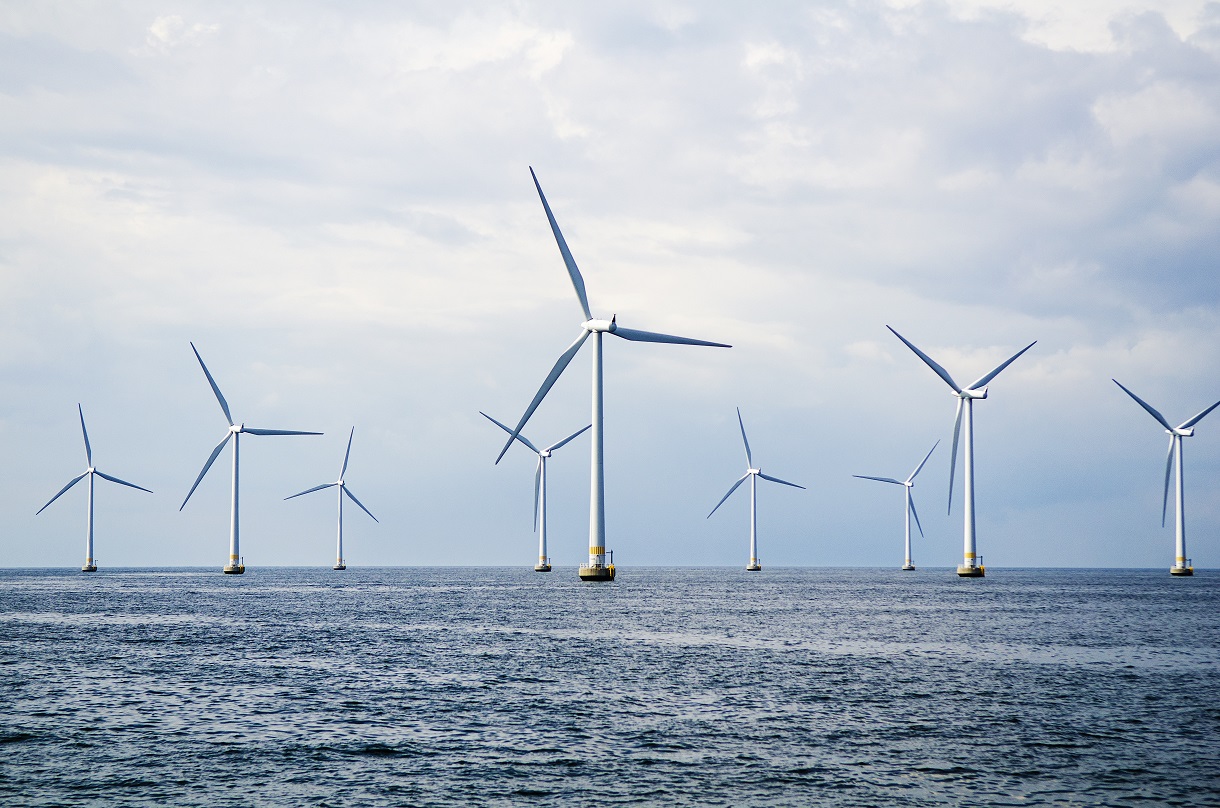Hydrogen technology fuels green ambitions for Western Isles ferries

A ground-breaking feasibility study into using locally-produced hydrogen to power ferries on the Western Isles of Scotland has now been completed - and the results are pleasingly in favour of a zero-carbon future for sea-travel.
Climate change has been a ‘hot’ topic for some time now; whether you see it in the news, on social media, or simply in the unusually high temperatures outside, it’s unavoidable. Individuals and organisations alike are endeavouring to reduce their carbon footprint, and spearheading this effort in the Western Isles is Point and Sandwick Trust, the UK’s largest community energy company.
Trailblazers in the renewables sector, in 2015 Point and Sandwick Trust built Britain’s biggest community wind farm. The completion of their most recent project, a study into the viability of utilising new local wind farms to power ferries, is equally pioneering. The analysis was conducted in conjunction with seven industry partners: Caledonian Maritime Assets Ltd, Wood, Siemens Gamesa Renewable Energy, ITM Power, ENGIE and Ferguson Marine Engineering Limited and is the first of its kind to examine hydrogen produced by purpose-built wind farms as a fuel source for sea-going ferries on established routes.
Johnston Carmichael were proud to partner with Point and Sandwick Trust on such an exciting and innovative undertaking. Our specialist Infrastructure & Renewables team developed the financial model for the project, which was part-funded by the Scottish Government through their Low Carbon Infrastructure Transition Programme.
Nine ferry routes in the Western Isles and West Coast of Scotland, operated by Caledonian MacBrayne, were assessed to determine the volume of hydrogen required to power the vessels; the costs and practicalities of producing and storing the hydrogen; and how the process would compare to the current practice of using marine oil.

The results indicate that the maximum number of turbines required to fuel the longest route would be 15, and the shortest route could be powered by just one. With the only emission from hydrogen-fuelled ships being water vapour, the potential Co2 emissions savings from the replacement of the Barra to Eriskay and Stornoway to Ullapool routes with hydrogen vessels would be the equivalent of taking around 5,000 cars off the road each year.
The most noteworthy finding of the study however, relates to cost. While the environmental benefits of using renewable wind power were never in question, there was uncertainty over the economic feasibility of manufacturing hydrogen in the islands compared to importing marine oil. The study showed that in fact, the difference between the cost of locally sourced hydrogen power and the cost of imported marine oil was not as high as expected. The price of hydrogen to ferry operators was calculated as being a maximum of £5.60 per kilogram; potentially reducing to as little as £2.90 per kilogram should it be included under the UK Government’s Renewable Transport Fuel Obligation policy, which aims to incentivise the transport sector to reduce greenhouse gas emissions.
The outcomes of the study represent a significant advance towards a greener transport sector. The project is a considerable step up from previous marine hydrogen ventures, and the development of cost-effective, zero-emission ferries will naturally lead to exploration of alternative, renewable energy sources for other forms of transportation. The utilisation of island wind farms to fuel the vessels should also inspire other communities to harness their entrepreneurial spirit and take advantage of their own resources to create a sustainable local economy.
This success is a great demonstration of what can be achieved when community and private organisations join forces, and an encouraging example for further collaboration in the renewables sector. With a number of hydrogen projects ongoing in Scotland, several more at the planning stage, and the Scottish and UK Governments committed to helping lower transport sector emissions, there is no doubt that rapid progress will continue to be made in this sphere. Our Infrastructure & Renewable Energy team are at the forefront of developments as they arise and are always on hand to advise.
For more information, get in touch.